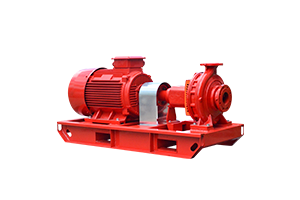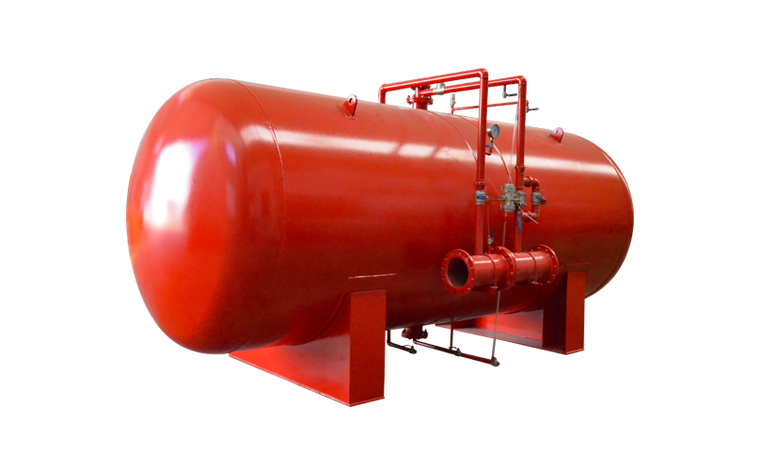-
 Aug 21, 2024How do fire pumps operate in cold storage facilities?Fire pumps in cold storage facilities play a critical role in ensuring fire protection, even in environments with low temperatures. Here’s how they typically operate in these settings:
Aug 21, 2024How do fire pumps operate in cold storage facilities?Fire pumps in cold storage facilities play a critical role in ensuring fire protection, even in environments with low temperatures. Here’s how they typically operate in these settings:
View details -
 Aug 21, 2024What considerations are necessary for fire pumps in buildings with varying occupancy levels?When designing and selecting fire pumps for buildings with varying occupancy levels, several critical considerations must be addressed to ensure effective fire protection. Here’s a breakdown of key factors:
Aug 21, 2024What considerations are necessary for fire pumps in buildings with varying occupancy levels?When designing and selecting fire pumps for buildings with varying occupancy levels, several critical considerations must be addressed to ensure effective fire protection. Here’s a breakdown of key factors:
View details -
 Aug 20, 2024What considerations are necessary for fire pumps in buildings with varying occupancy levels?When considering fire pumps for buildings with varying occupancy levels, several key factors should be taken into account to ensure the system's effectiveness and compliance with safety regulations:
Aug 20, 2024What considerations are necessary for fire pumps in buildings with varying occupancy levels?When considering fire pumps for buildings with varying occupancy levels, several key factors should be taken into account to ensure the system's effectiveness and compliance with safety regulations:
View details -
 Aug 20, 2024What is the role of fire pumps in managing system redundancies?Fire pumps play a crucial role in managing system redundancies within fire protection systems by ensuring a reliable and consistent water supply in the event of a fire. Here’s how they contribute to redundancy:View details
Aug 20, 2024What is the role of fire pumps in managing system redundancies?Fire pumps play a crucial role in managing system redundancies within fire protection systems by ensuring a reliable and consistent water supply in the event of a fire. Here’s how they contribute to redundancy:View details -
 Aug 19, 2024How do fire pumps operate in environments with fluctuating water supply pressures?Fire pumps are designed to ensure consistent water pressure and flow for firefighting systems, even in environments where water supply pressures fluctuate. Here’s how they operate in such conditions:
Aug 19, 2024How do fire pumps operate in environments with fluctuating water supply pressures?Fire pumps are designed to ensure consistent water pressure and flow for firefighting systems, even in environments where water supply pressures fluctuate. Here’s how they operate in such conditions:
View details -
 Aug 19, 2024How do fire pumps accommodate high-pressure water mist systems?Fire pumps play a crucial role in accommodating high-pressure water mist systems, which are increasingly popular for fire suppression due to their efficiency and reduced water usage. Here's how fire pumps are adapted or selected for use with these systems:
Aug 19, 2024How do fire pumps accommodate high-pressure water mist systems?Fire pumps play a crucial role in accommodating high-pressure water mist systems, which are increasingly popular for fire suppression due to their efficiency and reduced water usage. Here's how fire pumps are adapted or selected for use with these systems:
View details

.png)
.png)

.png)


